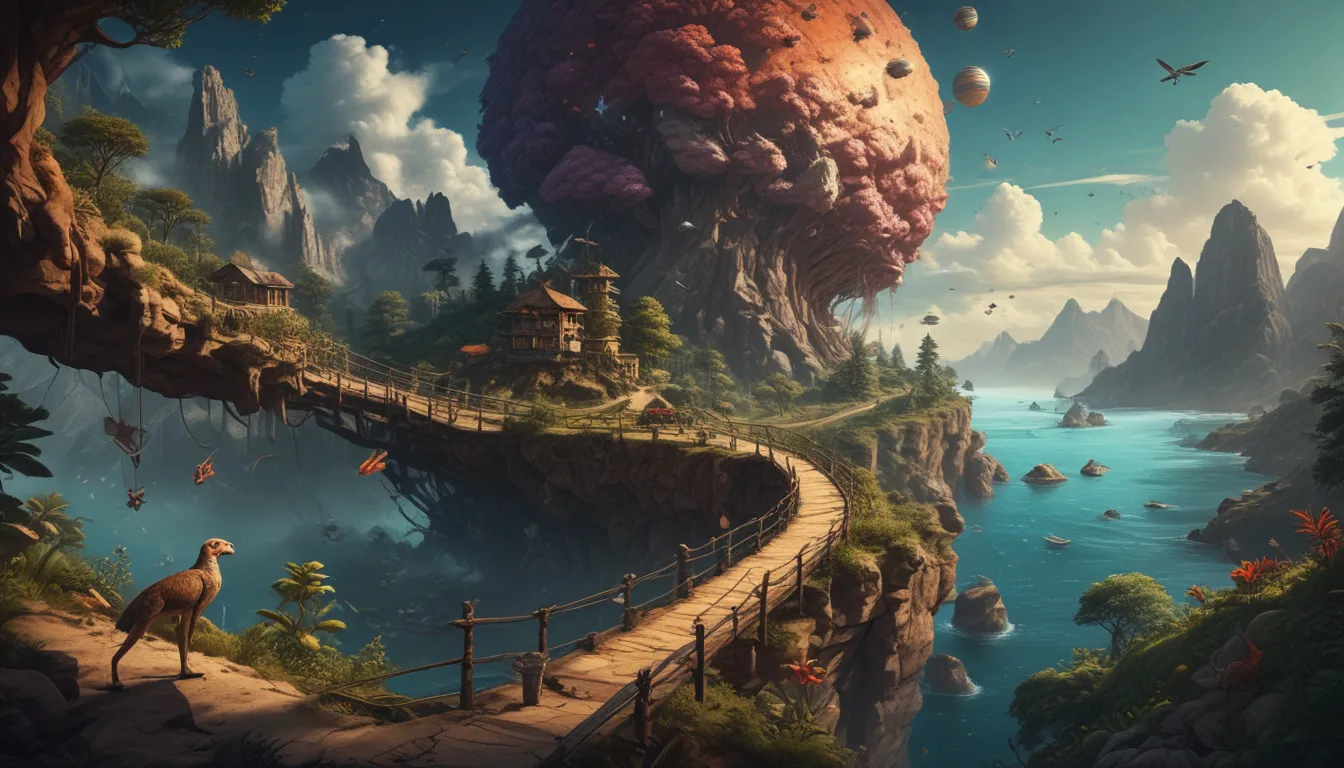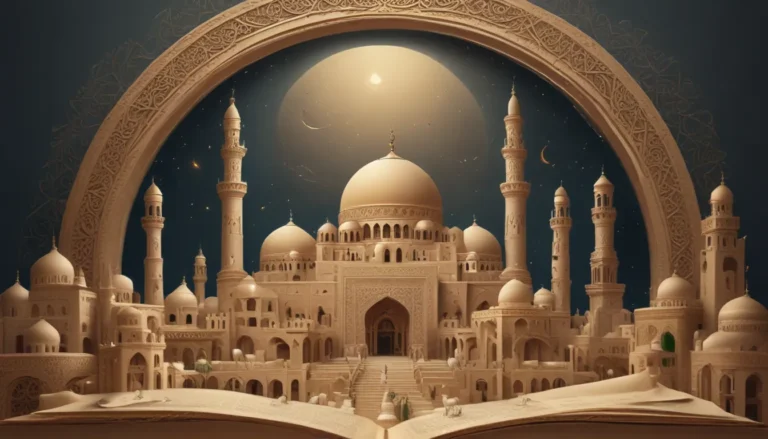The images in our articles may not match the content exactly. They are used to grab your attention, not to show the exact details in the text. The images complement the text but do not replace it.
Have you ever stopped to think about how life as we know it came to be? Let’s take a deep dive into the evolution of life, from ancient microbes to modern humans, and explore the incredible journey that has shaped the world we live in today.
Evolution: The Unfolding of Life
The term “evolution” traces back to the Latin word “evolutionem,” meaning unrolling. It is a fundamental concept that all life on Earth has evolved from bacteria billions of years ago. Every living organism, from the tiniest microbe to the most complex human, shares a common evolutionary history.
Life itself is built upon groups of cells that have evolved and diversified over millennia. From the earliest single-celled organisms to the diverse array of plants, animals, and humans we see today, evolution has been the driving force behind the complexity and diversity of life on our planet.
The Origins of Human Evolution
Human evolution is a fascinating journey that spans millions of years and has shaped the species we are today. Hominids, the early ancestors of modern humans, paved the way for the emergence of Homo sapiens, our current species. Contrary to popular misconceptions, humans did not evolve from monkeys; rather, we share a common ancestor with apelike beings.
The scientific field of paleoanthropology delves into the study of human evolution, uncovering the intricate paths our species has taken over time. From the formation of Homo sapiens to the development of distinct physical and behavioral traits, the evolution of humans offers a window into our shared past with other life forms on Earth.
The Theory of Evolution: Darwin’s Legacy
In 1859, Charles Darwin revolutionized the scientific world with his groundbreaking theory of evolution. Darwin proposed that all species of life have descended from common ancestors through the process of natural selection, where beneficial traits are passed down from generation to generation.
The idea that one organism could evolve from another dates back to ancient Greece, laying the foundation for Darwin’s comprehensive theory of evolution. Darwin’s observations of diverse species and ecosystems during his exploration of the Galapagos Islands inspired his insights into the interconnectedness of life on Earth.
Unraveling the Mysteries of Evolutionary Traits
The evolution of life has left indelible marks on the human body, manifesting in a variety of unique traits and characteristics. From genetic mutations that provide advantages in specific environments to vestigial features inherited from our ancient ancestors, our bodies tell a story of adaptation and survival over millennia.
One striking example of human evolution is the presence of the fabella, an extra bone behind the knee found in some individuals. This remnant of our evolutionary past serves as a testament to the ongoing changes and adaptations that have shaped human anatomy throughout history.
The Evolutionary Imperative: Surviving and Thriving
Humans are remarkable survivors, with a capacity for adaptation that has allowed us to thrive in diverse environments around the world. Our ability to withstand altitude sickness, resist diseases, and adapt to changing circumstances showcases the power of evolutionary biology in shaping our species.
In addition to physical traits, human behavior also bears the imprint of evolution. From primal instincts that prompt us to climb or lift our feet in fear to subtle cues like lip twitching that mirror our animal ancestors, our actions and reactions reflect the deep-seated influences of our evolutionary past.
Exploring the Diverse Pathways of Evolution
Evolution is not a linear progression from one species to the next but rather a complex and branching tree of life. Each species, from dinosaurs to mammals, has followed a unique evolutionary path shaped by environmental pressures, genetic mutations, and random chance.
The platypus, with its peculiar combination of mammalian, reptilian, and avian traits, serves as a prime example of the evolutionary diversity found in the natural world. From its ability to lay eggs and produce venom to its distinctive electrolocation sense, the platypus embodies the creative forces of evolution that have produced such astonishing biodiversity.
Embracing the Legacy of Evolution
As we gaze back into the annals of time and trace the intricate threads of evolution that have woven together the tapestry of life on Earth, we gain a deeper appreciation for the interconnectedness of all living beings. From the humblest bacterium to the most complex human, every organism carries within it the echoes of evolutionary history.
As we continue to unravel the mysteries of our origins and strive to understand the mechanisms of evolution that govern life on our planet, we are reminded of the wonder and beauty of the natural world. Through the lens of evolution, we see not only the past but also the potential for a future shaped by resilience, diversity, and creativity.
Conclusion
The evolution of life is a story that transcends time and space, weaving together the myriad forms of life that inhabit our world. From ancient microbes to modern humans, from the depths of the ocean to the heights of the mountains, evolution has sculpted the wonders of nature with precision and grace.
As we reflect on the rich tapestry of life and contemplate the legacy of evolution that surrounds us, we are reminded of our shared ancestry with all living beings. In this interconnected web of life, we find unity, diversity, and beauty beyond measure. Let us embrace the legacy of evolution and celebrate the wondrous journey that has brought us to this moment in time.






